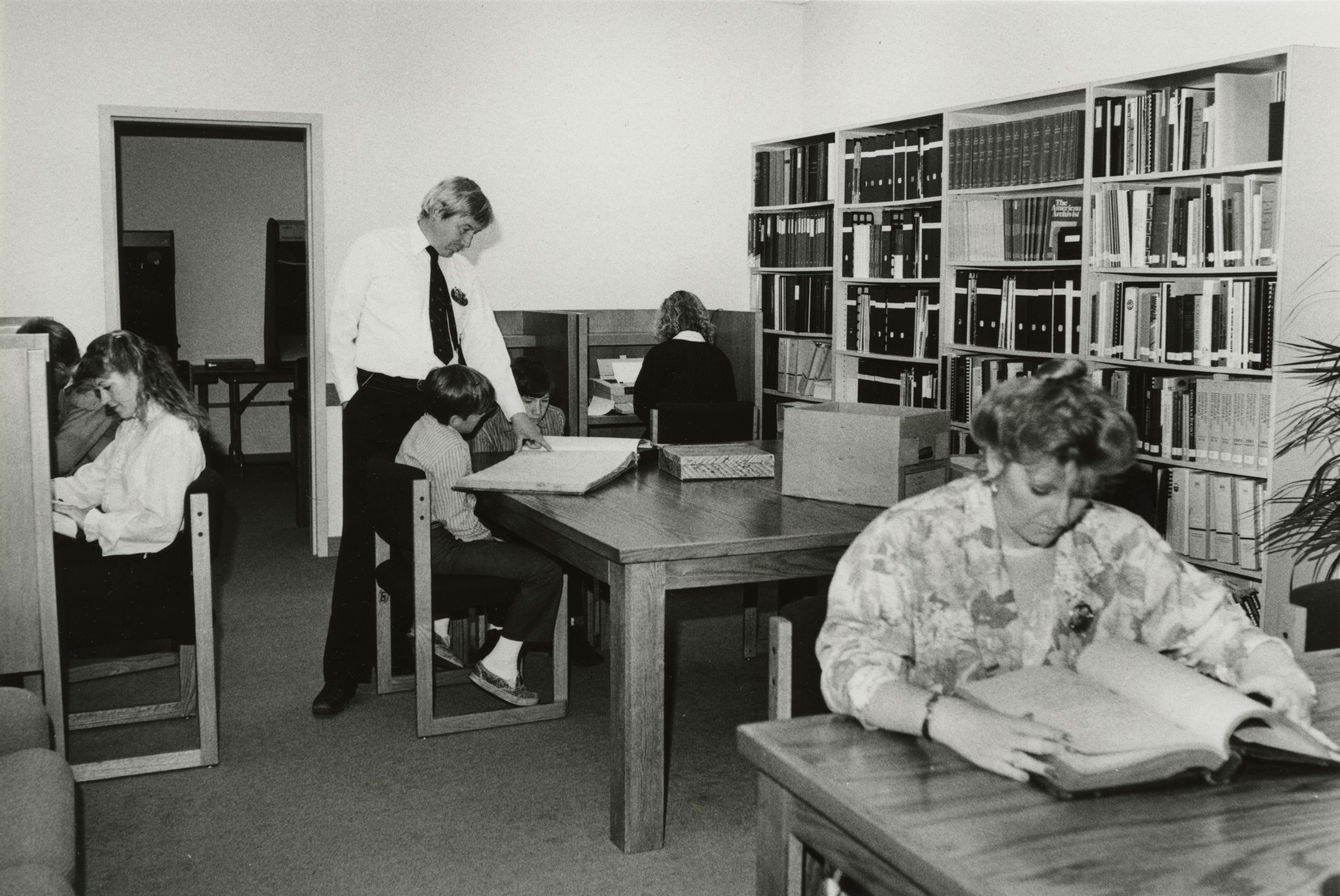
Our History: 50 Years Of Service
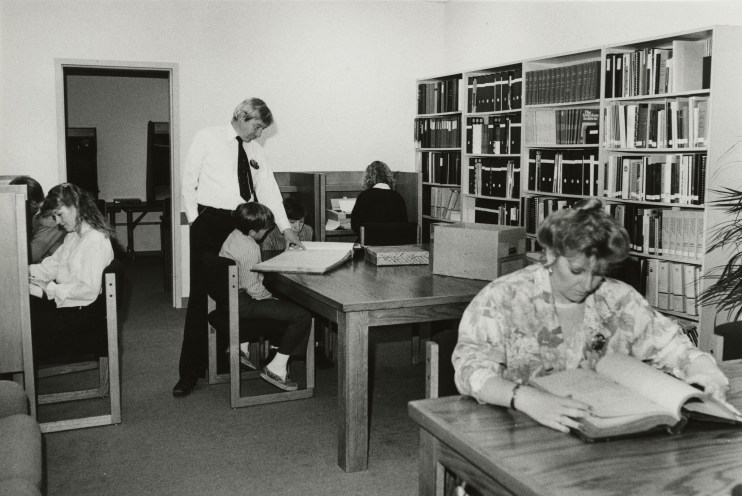
As noted in the last blog in this series, the Utah State Archives was born as an office in the State Historical Society, before being moved out and on its own as part of the state’s Little Hoover Commission study on government organization. This move became official in 1969 when the “Archives and Records Service Act” was passed and the Utah State Archives and Records Service joined the Department of Finance.
In addition to creating the State Archives, the Archives and Records Service Act had several other important provisions that established the functions for this new government agency. The act provided for the centralized administration of the State Archives, specified the duties of the State Archivist, created the State Records Committee and prescribed its duties, and provided for the issuance of rules and regulations.
The move of the archives out of the State Historical Society certainly wasn’t without controversy, particularly among staff and supporters of the State Historical Society. The director of the State Historical Society at the time, Charles Peterson, was determined to do what he could to reunite the agencies via legislation in the 1971 Utah Legislative session. Peterson was ultimately unsuccessful in that effort, and the agencies remained separate, evolving independently of one another.
Throughout the 1970’s, while housed in the Department of Finance, the archives took early steps to improve preservation and access through the creation of a robust microfilming program. In 1979, the archives was given the responsibility of administering the Information Practices Act, which was a precursor to the modern Government Records and Access Management Act (GRAMA).
With the dawn of the 1980’s, the archives underwent several changes. The first occurred in 1981 with passage of the Administrative Service Act that created a new Department of Administrative Services. In its earliest iteration, this new department included the divisions of finance, central services, data processing, facilities construction and management, archives and records services, purchasing, and personnel management.
Change was a constant for the agency throughout the 1980’s as there was a push to professionalize staff and services, while at the same time the agency’s archival holdings were moved out of the basement of the State Capitol (and into a warehouse on Salt Lake City’s west side). Permanent records weren’t the only thing on the move, as 1984 saw the agency offices, microfilming services, and Research Center move into a renovated building on Capitol Hill, originally built for the Department of Agriculture.
A major touchstone of our history came in 1991 with a revision of the Information Practices Act that culminated in passage of the Government Records Access and Management Act (GRAMA). GRAMA provides the framework for how government records are managed and accessed and provides the State Archives with its mandates to facilitate in the management and access of government records.
At the turn of the 21st century, major changes were on the horizon for the State Archives. In 2003 the state legislature appropriated funding for the Archives to move off of Capitol Hill and into a specially designed building south of the Rio Grande Depot in downtown Salt Lake. This move provided the opportunity to reunite staff with the permanent collection, which had previously been stored offsite at a warehouse near Decker Lake in West Valley City. The new building also provided the benefit of bringing State Archives and State History closer together (both physically and in partnership). In spite of now being administered by two separate departments, in 2005 the agencies moved into a shared Research Center in the Rio Grande Depot.
Major societal changes born out of the rise of the internet and the information age have also left their mark on our agency. In 2006 we launched the Digital Archives program which, to date, has put up over 1.5 million government records online for 24/7 access. In 2007, the State Archives became part of a new era of open government and transparency with administration of the Public Notice Website. In 2012 we were tasked with providing the support for the newly created Government Records Ombudsman. And in 2014 new legislation selected the State Archives to serve as administrator of the Open Records Portal.
Change is a constant, and it requires steady, visionary leadership to manage it effectively. The Utah State Archives and Records Service has been blessed to have a number of forward thinking leaders serve in the capacity of Director and State Archivist; we will dedicate our blog post next week to identifying those individuals and tracing the specific highlights of their respective administrations.
SOURCES
Nimer, Cory L. and Daines, J. Gordon III (2012) “The Development and Professionalization of the Utah State Archives, 1897-1968,” Journal of Western Archives: Vol. 3 : Iss. 1, Article 5.
Johnson, Jeffery O. (1984) “Utah State Archives History,” Mormon Americana: A Guide to Sources and Collections in the United States. Provo: BYU Studies, 1984.
Recent Posts
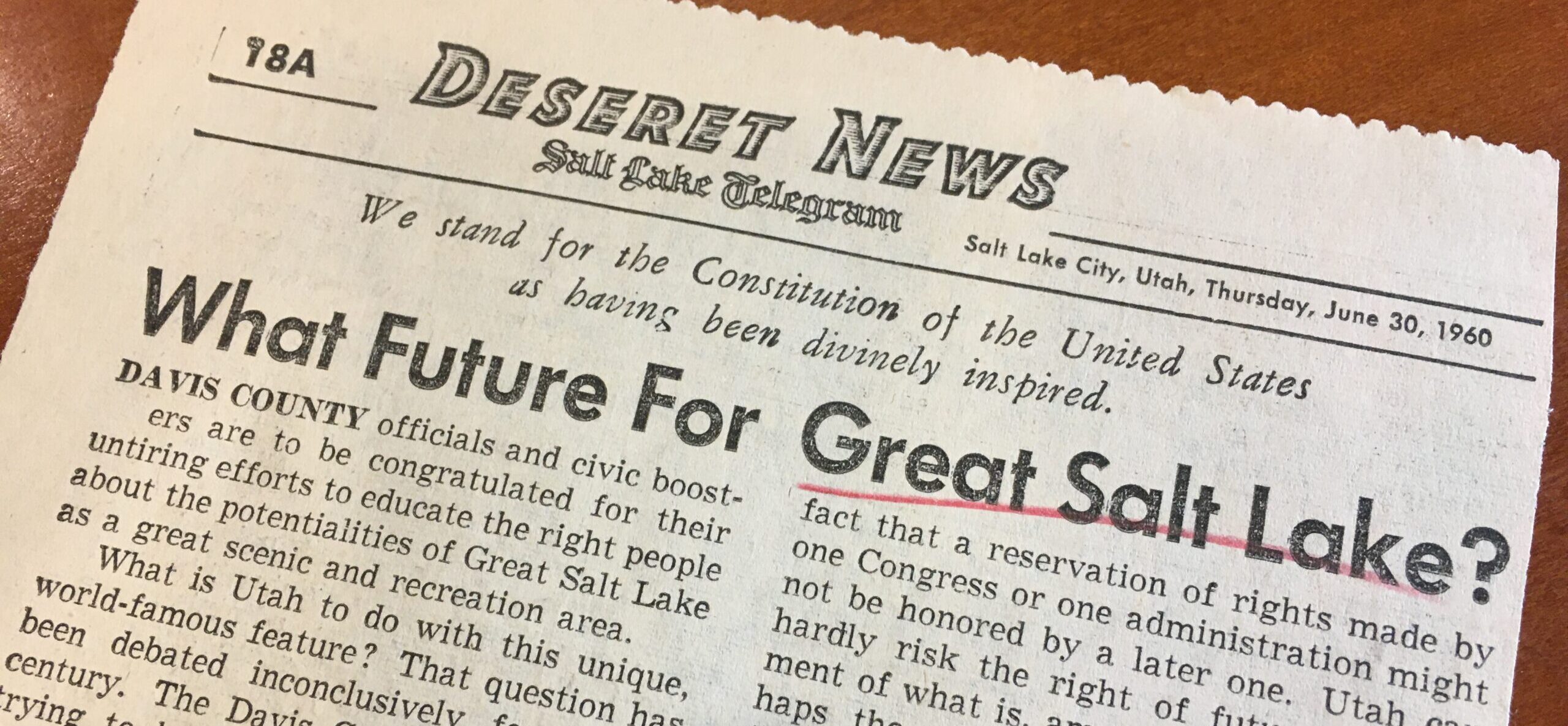
New Finding Aids at the Archives: April 2024

ARO Spotlight: Debbie Berry from the Division of Water Rights

Utah History Day 2024: Archival Research Winners
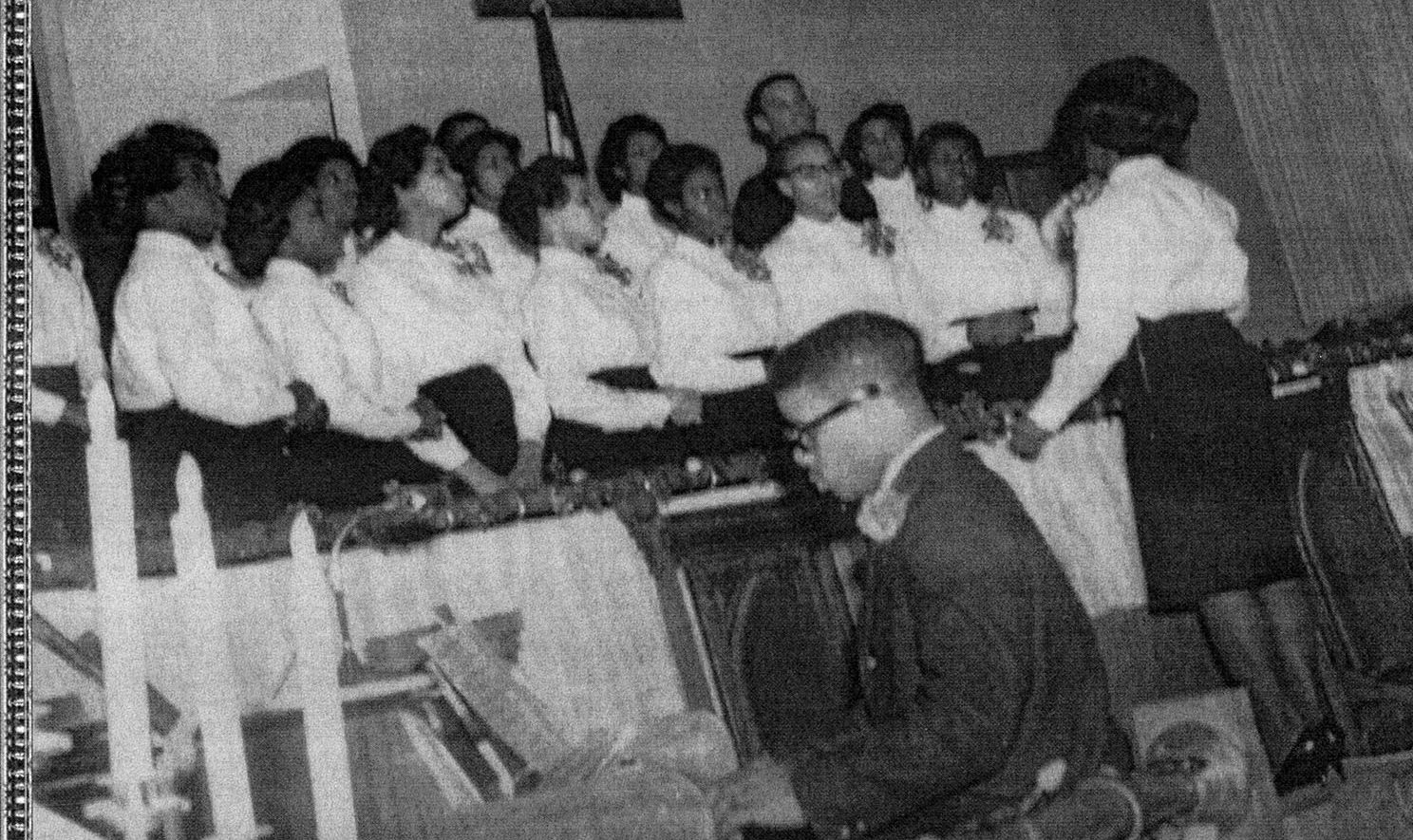
From Pews to Pixels: Weber State’s Stewart Library Digitizes New Zion Baptist Church’s Legacy
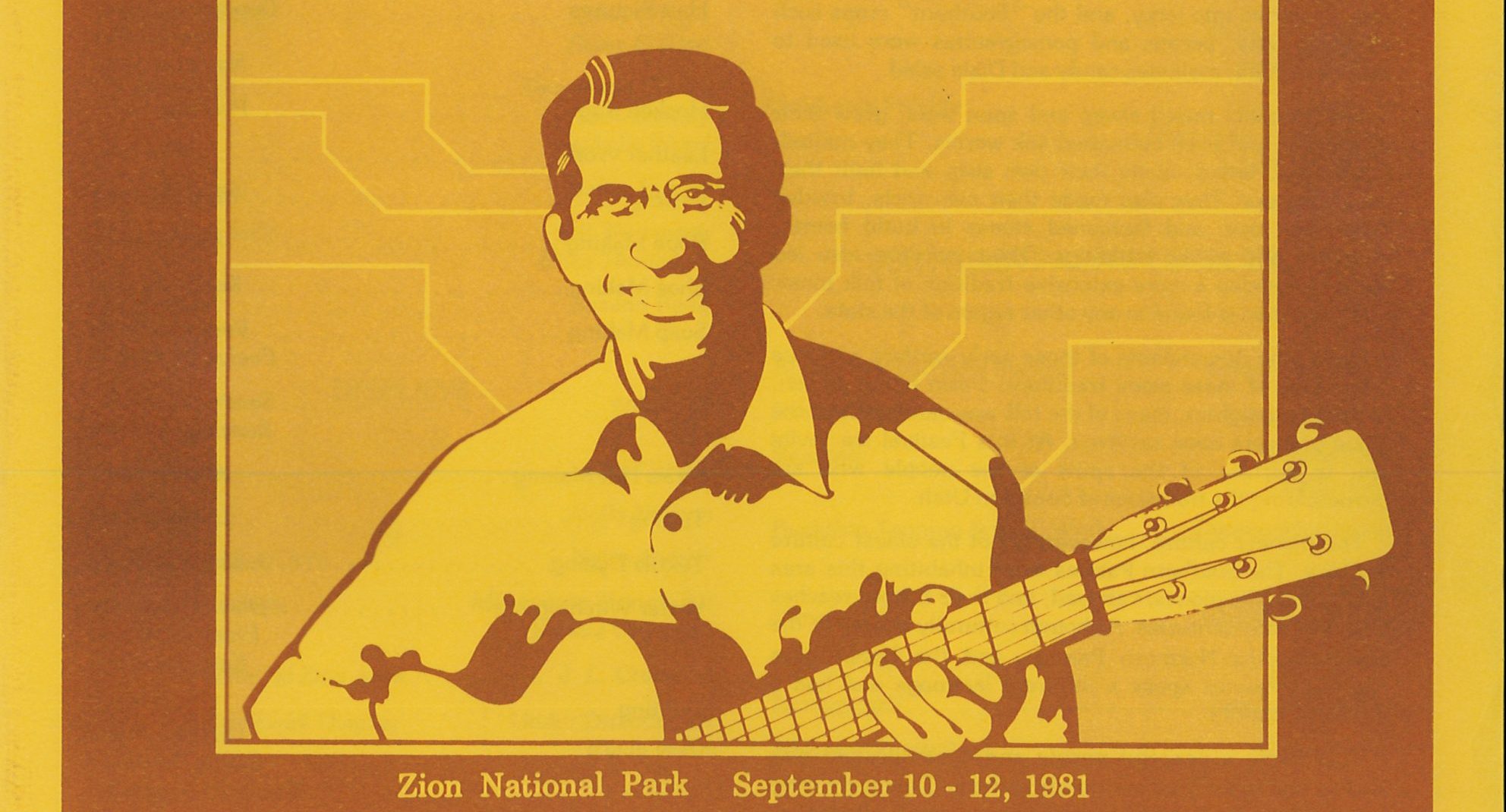
New Finding Aids at the Archives: March 2024
Authors
Categories
- Digital Archives/
- Electronic Records/
- Finding Aids/
- General Retention Schedules/
- GRAMA/
- Guidelines/
- History/
- Legislative Updates/
- News and Events/
- Open Government/
- Records Access/
- Records Management/
- Records Officer Spotlights/
- Research/
- Research Guides/
- State Records Committee/
- Training/
- Uncategorized/
- Utah State Historical Records Advisory Board/